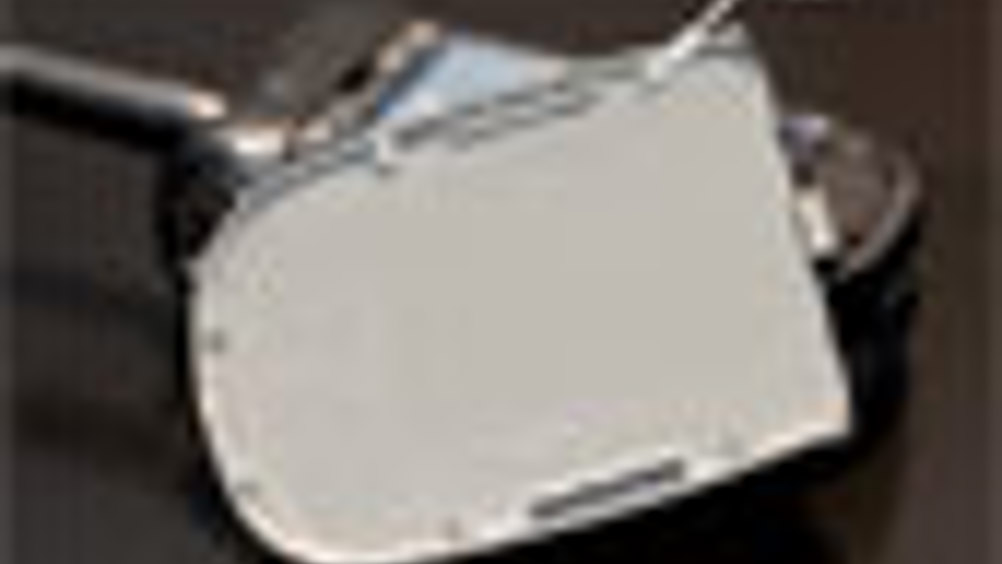Temporary Attachments
There are plenty of ways to attach plastic parts to one another. They can be permanently welded or cemented. They can be semi-permanently screwed together, with or without inserts. And, for attachments designed to be easily and/or frequently opened, they

Temporary Attachments
There are plenty of ways to attach plastic parts to one another. They can be permanently welded or cemented. They can be semi-permanently screwed together, with or without inserts. And, for attachments designed to be easily and/or frequently opened, they can be connected using clips or latches.
Clips and latches take many forms. Examples include:


Depending on the type of closure you use, there are issues of stress and flexibility to consider. Both clips and living hinges have been addressed in previous design tips, but some key considerations are worth repeating.
Fig.3 - Box structure with folding cover
Register now to continue reading
Thanks for visiting The Engineer. You’ve now reached your monthly limit of news stories. Register for free to unlock unlimited access to all of our news coverage, as well as premium content including opinion, in-depth features and special reports.
Benefits of registering
-
In-depth insights and coverage of key emerging trends
-
Unrestricted access to special reports throughout the year
-
Daily technology news delivered straight to your inbox










BEAS funding available to help businesses cut energy costs
And not a moment too soon, if the following exchange broadcast last Friday 13th June, on the Radio 4 ´Rare Earth´ program (link below, ~ 17 minutes...